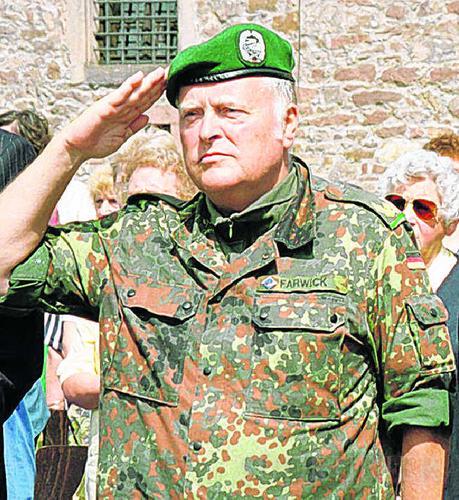
The LAV platform is planned to remain in service with the Marine Corps until 2035. The table of organization and equipment for a USMC light-armored reconnaissance battalion includes 56 LAV-25s, 16 LAV-ATs, 12 LAV-Ls, 8 LAV-Ms, 4 LAV-Rs, 4 LAV-C2s, and an unknown number of LAV-MEWSS vehicles. LAVs first saw combat during the Invasion of Panama in 1989 and continued service in the Gulf War, Iraq War, and the War in Afghanistan. The USMC ordered 758 vehicles of all variants. These LAV-25s were returned to the Marine Corps after the conflict. The Army borrowed at least a dozen LAV-25s for use by the 82nd Airborne Division, 3-73rd Armor for a scout platoon during the Gulf War. The LAV entered service with the Marines in 1983. The Marine Corps managed to secure enough funding to buy 758 LAVs in six variants. Congress canceled funds for the LAV-25, causing the Army to drop out of the program. The Army sought 2,350 of the 12.7 mm (.50) caliber-armed light squad carrier variant, and at one point was expected to be the LAV's biggest buyer. The Army type classified the 25 mm gun variant as the M1047. GM was awarded initial production contract for 969 LAVs. In September 1982, the General Motors submission was selected. The Marine Corps evaluated the three LAV submissions. General Motors of Canada ( General Motors Diesel) – a license-built copy of the Mowag Piranha 8×8.Cadillac Gage – A V-150S (a stretched V-150) and a V-300.Alvis – A Scorpion 90 and a three Scorpion APCs.


In April 1981, the DoD opened submissions to the LAV program. Marine Corps began looking for a light armored vehicle to give their divisions greater mobility. It is an eight-wheeled amphibious armored reconnaissance vehicle built by General Dynamics Land Systems and used by the United States Marine Corps and the United States Army.ĭuring the 1980s, the U.S. The LAV-25 is a member of the LAV II family.


 0 kommentar(er)
0 kommentar(er)
